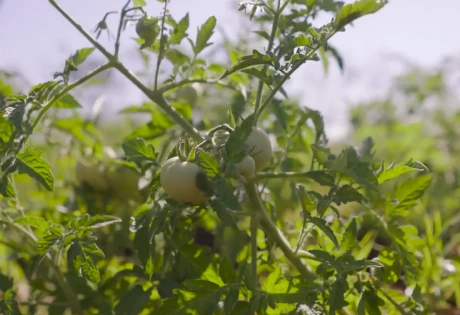Heal the Soil
At Ashfount Investments, we know that a thriving foundation is essential to building successful business and investment opportunities in regenerative farming and food spaces.
And, what is more fundamental to healthy growth than the most important resource we have available for nourishment – our soil?
Cultivating rich, healthy, living soil is core to our ethos as a business. Why? Because almost everything we eat – from plants to animals, comes from matter grown in soil. But despite the importance of this amazing resource, the current status of much of the world’s arable land is one of degradation and decline. Around one-third of the world’s soil is now degraded and in only as little as 60 years we may lose all of our topsoil.
Despite this, over the last few decades, it’s become apparent that people from all walks of life – including many farmers – have a poor understanding of soil and the importance of healing it.
To fully grasp the importance of soil healing, we need to take a closer look at the issues we collectively face. What is soil? Why is our world’s soil under threat? And, how can regenerative farming help to combat these issues?
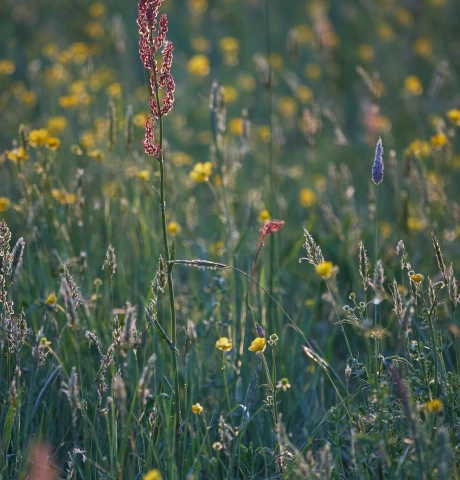
Looking after our earth is necessary to generate meaningful change long-term. The best way to do this is to heal the soil through different methods, such as regenerative farming – going beyond sustainability to tangible changes to how we interact with the environment around us.
What is Soil?
Asking “what is soil?” may sound like a redundant question to many people. After all, we are all aware of what soil looks like and have seen and experienced it in the world around us. However, according to Fred Kirschenmann in his TED talk “Soil: from dirt to lifeline”, most of us think of soil as simply dirt.
In fact, he says, “many soil scientists have occasionally talked about soil as material to hold a plant in place, and the way we grow food is everything else that we do – all the synthetic fertilizers that we put in, the pesticides that we use; that’s what we use to raise food and soil is just sort of there.”
But this is not at all the case. Soil is not simply dirt that’s there to hold plants in place. It’s a living, vibrant community that contains a wealth of organisms. These include creatures such as earthworms, beetles and other insects, but also microorganisms like fungi, bacteria, and other organic matter.
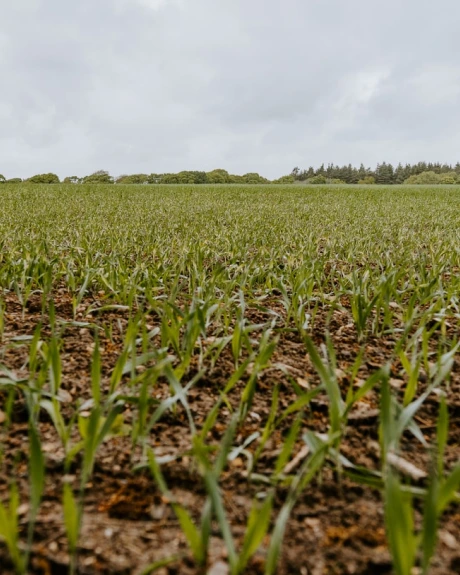
Healthy, living soil is so full of microorganisms that scientists are still unsure of exactly how many there are. Estimates have ranged from perhaps 50 million to 2-4 billion in a single teaspoon of soil.
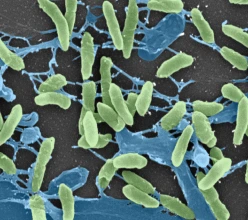
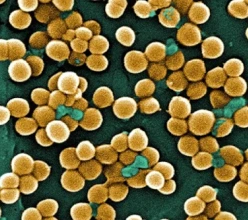
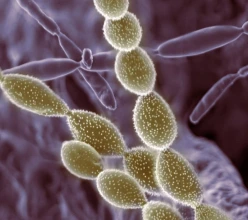

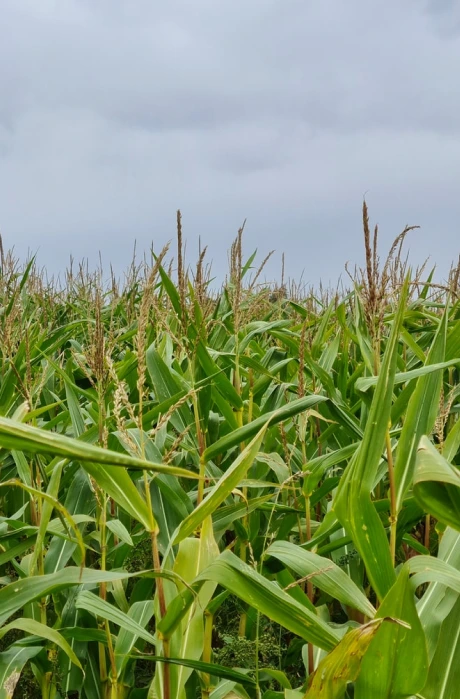
These organisms are crucial to growth as together they digest plant, mineral, and animal matter, and convert it into the nutrients we need to grow plants – which provide food for ourselves and our animals.
What makes soil even more extraordinary is that even though healthy soil is teeming with this variety of life, it only makes up a thin layer on our earth’s surface – around 5-10 inches.
In this small layer of soil are the nutrients necessary for us to grow healthy food as well as additional benefits which we need for our global future. Healthy soil acts as a drainage system to absorb water and prevent floods. It filters water as minerals and microorganisms detoxify water of pollutants. And, as part of the world’s natural carbon cycle, soil holds around twice the amount of carbon that is found in our atmosphere and vegetation.
It’s is clear then, that healthy soil is so much more than dirt, or something that holds plants in place. Healthy soil is a massive part of a healthy global ecosystem. Yet, our soil is being damaged at unprecedented rates.
“Agriculture is by far the biggest threat to biodiversity, and that will only get worse as we try to feed 10 billion people in the future.”
(Andrew Balmford, University of Cambridge)
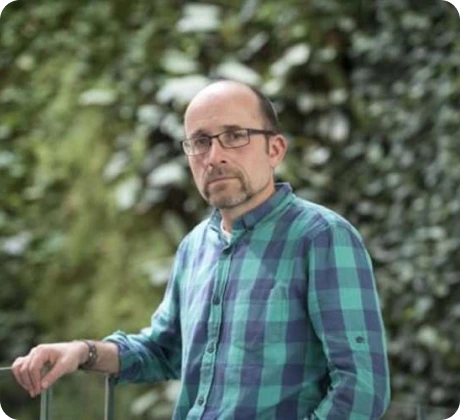
Why does Our Soil Need Healing?
As many regenerative farmers and other conservation scientists are pointing out, there’s a huge difference between healthy, living soil, and soil which has been stripped of its ability to properly nourish us.
Collectively, we need to produce around half a ton of food per human each year. Yet, we produce more than 75 billion tons of eroding soil because of agricultural practices. This equates to more than 10 tons of eroding soil for every human alive today.
And unfortunately, the bad news does not stop there. Below are some hard-hitting statistics on our global soil health:
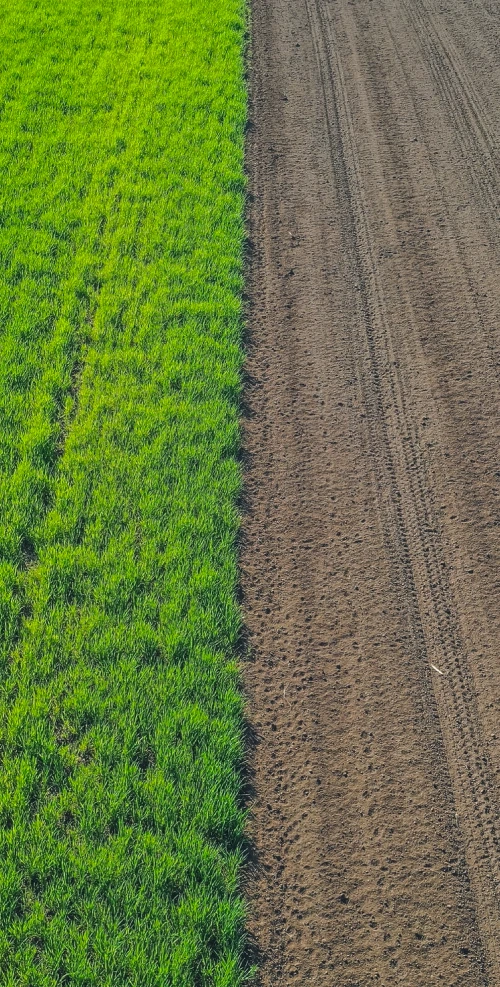
- of the world’s arable land has become unproductive in the past 40 years due to erosion
- of global pasture and 73% of global rangeland in the drylands has been degraded
- of North America has been affected by desertification
- increase in meat and dairy products expected by 2050, despite widespread land degradation
Healing our Soil
As modern farming practices have intensified, many farmers have been facing the issue that their primary (or only) role, is to produce as much food as possible, as cheaply as possible.
This has forced farmers into a situation where they have to concentrate as many crops and animals as possible into one place in huge monocultures.
The results are now becoming clear to see as the effects on soil health are more widely understood.
According to the Food and Agriculture Organization of the UN, it takes 1000 years to generate 3 CM of topsoil, and if our soil continues to become degraded at the current rate we may have as few as 60 years until all topsoil in the world is gone – and with it our foundation for healthy food production.
However, although the outlook may appear bleak, there are a growing number of businesses and farmers who are finding ways to heal the soil by establishing and promoting better soil health.
The Problem: Desertification & Soil Degradation
Desertification is a process by which dryland ecosystems become degraded by both climate and human activities. When drylands become degraded they lose their biological and economic productivity and complexity. This can include lands such as croplands, pastures, and woodlands.
Some of the leading causes of desertification are over-cultivation, overgrazing, deforestation and poor irrigation practices.
One-third of land is threatened by desertification and it affects arid areas at all latitudes and on all continents. Why is this problem so serious? Because, when our thin layer of soil has nothing to cover it, it has no protection from erosion. Bare soil then gets carried away by wind and rain. This, in turn, affects the ability of our arable land to grow the food we need.
For example, 20 million tons of cereal are lost through desertification each year.
In addition to desertification, we are also facing problems of soil degradation from conventional farming practices which strip the soil of nutrients.
How does this occur?

The Problem: Excessive Tilling and Soil Damage

As modern methods of farming began to be developed, farmers tilled the soil because it allowed them to plant more seeds while expending less effort. When a farmer tills they turn over the top 6 inches or so of soil. This aerates the soil and mixes crop residues, manure, and weeds into the field. This sounds positive but in the long term can harm the soil.
This is because tilling loosens and removes plant matter that covers the soil and leaves the soil bare. This prevents it from being rich in organic matter and makes it more likely to be eroded by wind and water. When soil is undisturbed it acts like a sponge, held together by a network of organisms. So, when this natural environment is altered by turning over the soil the structure becomes less able to absorb nutrients and water.
The microbes and insects that form part of the living soil are also disturbed which affects how well they can add nutrients into the soil. Longer-term this can leave soil lifeless – which then necessitates the use of chemical fertilizers and pesticides. In addition to over tilling, allowing animals to overgraze can also lead to the degradation of soil.
The Problem: Monocropping
Monocropping is the practice of growing only one crop on the same land each year. This depletes the soil of organic matter which makes the soil less productive over time. One of the reasons the soil becomes less productive is that in a healthy ecosystem, diversity of nutrients is what helps the system to thrive. One plant may take some nutrients, while another learns to thrive on other nutrients. When this natural cycle is not allowed to take place because only one crop is grown, eventually the soil is stripped of the nutrients needed for that one crop.
As the soil becomes less productive farmers have to use synthetic fertilizers to produce better yields. This can lead to a vicious cycle where chemical fertilizers deplete even more of the soil’s nutrients by destroying the delicate balance of micro-organisms.
When naturally beneficial microorganisms are damaged, so too are the natural defenses many plants have against pests and diseases. This means that it becomes necessary to increase the use of pesticides and herbicides.
A consequence of the increased use of pesticides is the growth of pesticide-resistant pests. This leads to an increase in the frequency of pesticide use.
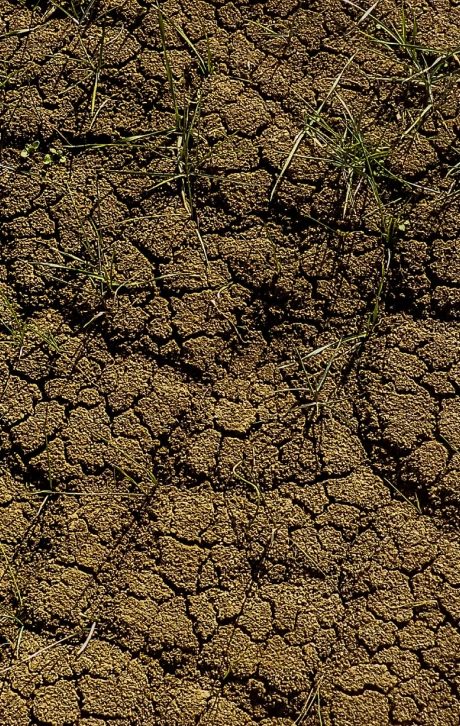
The Problem: Fertilizers & Pest Control

Agricultural chemicals are often used in modern industrial farming to counteract the effects of soil degradation. But, as we’ve seen above, the use of these chemicals can further compound the issues of soil degradation.
In addition to damaging the soil, we are also polluting many of our rivers and oceans with harmful agricultural chemicals. This affects these natural ecosystems, as well as the animal and plant life that live in and around them. Our drinking water is also at risk from contamination due to exposure to agricultural chemicals. Water can then become polluted with substances such as heavy metals which are toxic for the human body.
The effects of these pollutants can be catastrophic for our ecosystems and our immediate health if water supplies, for example, become contaminated. However, a longer-term impact on our health is on the kinds of nutrition we can gain from food produced with a high amount of chemicals.
Just as healthy, living soil is stripped of nutrients by the activities outlined above, so too are the nutritional values of the plants that are grown in this soil. According to one study, the levels of key vitamins and minerals from 43 fruits and vegetables declined significantly between 1950 and 1999. This included Vitamin B2, Vitamin C, Iron, Calcium, Phosphorus, and protein contents.
Regenerative Farming – the Key to Better Soil health
Regenerative farming is not only about not harming the land through intensive industrialized farming practices, but has an ethos of actively healing the land and improving soil quality.
This is why we place such a huge importance on soil health in all our investment ventures at Ashfount. Healthy soil is the foundation from which all healthy and nutritious food comes!
Regenerative farming practices help to holistically heal the soil by encouraging living soil – nutrient-dense, diverse, alive soil, that is host to a natural array of organisms.
How Is This Achieved?
There are a variety of methods that regenerative farmers can use to improve soil health. Some of the main techniques include:
No-till farming
No-till farming practices allow soil structure to remain in place as crop residue is left on the soil surface. This, in turn, improves the soil’s ability to absorb water and prevent erosion and water runoff. By leaving soil undisturbed by heavy tilling, microorganisms can establish natural ecosystems which help to nurture plants and reduce plant diseases.
Reduction of synthetic chemicals
Regenerative farming techniques seek to naturally increase the fertility of the soil and encourage the microorganisms that will help to combat pests and plant diseases. As a knock-on effect, this reduces the number of chemicals that farmers need to use to improve the yield and protect crops from disease and pests.
Cover Crops
Cover crops are crops that are planted over otherwise bare/barren fields in between the primary growing seasons for each crop. Depending on which cover crop is chosen, farmers can not only protect the soil from erosion but also add in nutrients that will be beneficial to their cash crop using a cover crop. For example, clover is considered an excellent cover crop as it helps to make the soil more fertile. This, in turn, helps to reduce the use of synthetic fertilizer.
Multiple crop rotation and intercropping
Regenerative farming moves away from monocropping and adds in multiple crops in a single year. The variety of different crops increases the diversity of the nutrients that go into the soil as plant matter and mulch enters the soil. This improves soil fertility over time.
Healing our Soil, Our Planet – and Ourselves
It’s only logical that healthy soil, that leads to healthy plants, will eventually lead to healthier humans. When we can access nutrient-rich food, we are better able to get the nourishment we need from our food.
Some studies have even gone as far as to indicate that healthy, living soil, can not only improve our physical health but our emotional wellbeing too! When a scientist made a serum out of the bacteria M. vaccae, found in healthy soil, to help lung cancer patients in an attempt to boost their immune systems, she found that one of the main side-effects was an improvement in mood. Other studies confirmed that these microbes have a positive effect on mood in humans.
This discovery only serves to support what we all know, deep down – that our health collectively depends on what we eat, and the quality of that food.
And, as if this were not motivation enough, it appears that regenerative farming practices can not only improve health, yield, and prevent further erosion of our precious soil, they may also be able to help heal some of the effects of climate change.


Plants are not able to take nitrogen out of the atmosphere and utilize it, but they can host bacteria on their roots which can take atmospheric nitrogen and convert it into a form of nitrogen that a plant can use. The bacteria then ‘sell’ this nitrogen to the plant in exchange for carbon.
Therefore, the more we allow this natural process to occur, the greater the soil’s capacity will be to store carbon in the soil as organic carbon – helping to mitigate the impact of carbon-based climate change.
Put together, these benefits make a very compelling case for putting soil health and healing at the very heart of regenerative farming.
At Ashfount Investments, this is the core of all we do. Because when we can heal our soil, we can move towards healthy, vibrant farming that encourages health and vitality at the individual and collective level.
Healthy Businesses Need Healthy Soil
For many farmers, regenerative agriculture has been key to not only improving the health of their soil – but to their bottom line. Because soil health is so vital for healthy yields, many farmers are finding that in time their land is far more productive and viable by using regenerative techniques.
Although some costs of regenerative farming may be higher, these are often offset by making savings in other areas – such as using fewer pesticides and fertilizers and the associated labor of spraying crops.
Many farms – such as Redwood Falls, Minnesota are finding that using these holistic practices are improving their profits as well as improving water filtration and soil and animal health.

